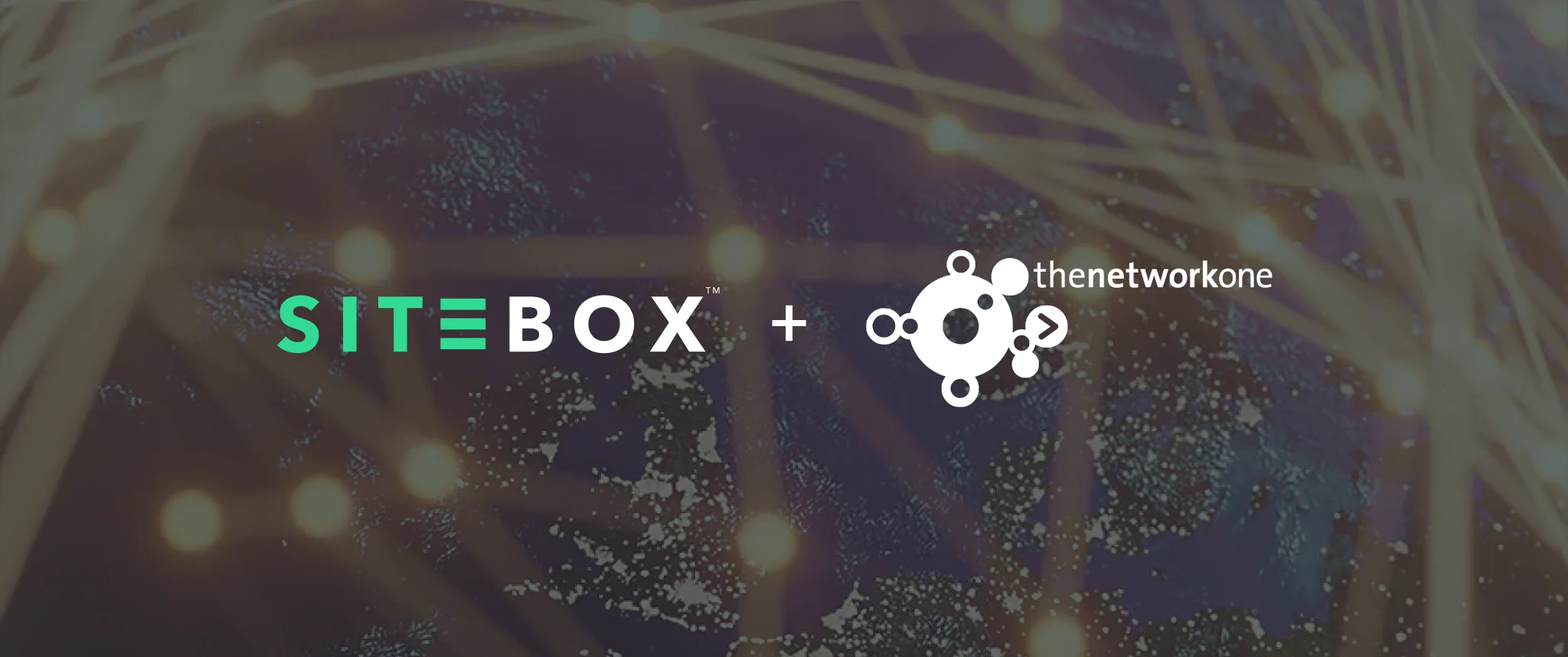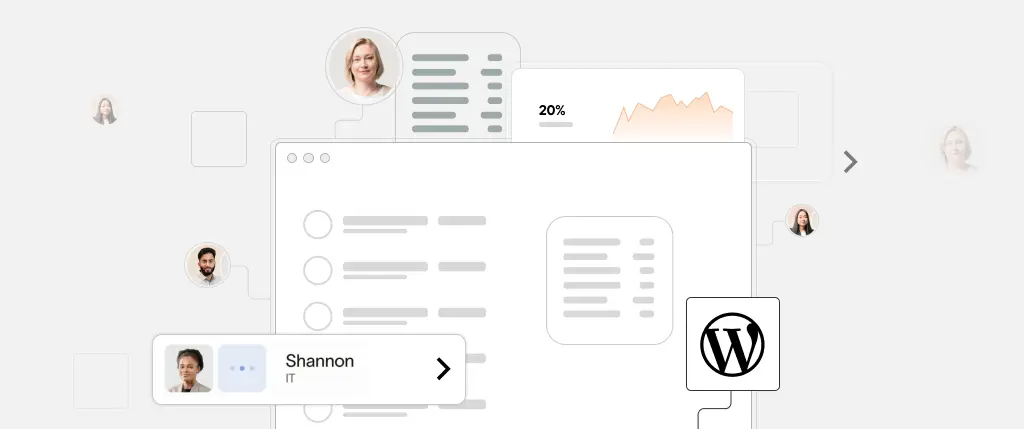WordPress and Edge Computing are changing how websites deliver content around the globe. As user expectations for speed and interactivity increase, traditional hosting models often fall short.
In this guide, we’ll explore how edge computing brings your WordPress site closer to users—boosting speed, reliability, and SEO. Whether you run a simple blog or a global eCommerce site, this combination can significantly improve performance.
What Is Edge Computing?
Edge computing means moving server-side logic and content caching away from centralized servers and distributing them across global “edge” locations – closer to your site visitors.
Think of it as deploying parts of your WordPress site to mini data centers around the world. Instead of serving a user from a single server (e.g., in Frankfurt), your site can respond from the closest edge node (e.g., Warsaw, Tokyo, or São Paulo), reducing latency and server strain.
CDN vs Edge Computing: What’s the Difference?
| Feature | Traditional CDN | Edge Computing |
|---|---|---|
| Static File Caching | ✅ | ✅ |
| Dynamic Logic Execution | ❌ | ✅ |
| HTML Manipulation | ❌ | ✅ |
| API Response Handling | 🚫 | ✅ |
| Personalization | ❌ | ✅ |
Summary:
While CDNs cache files like images and scripts, edge computing lets you process logic and deliver personalized or dynamic HTML closer to the user.
5 Game-Changing Ways Edge Computing Speeds Up WordPress
1.⚡ Full-Page HTML Caching at the Edge
Instead of just caching CSS or JS, edge platforms like Cloudflare Workers or Fastly Compute allow entire HTML documents—even dynamic ones—to be cached and served globally.
addEventListener("fetch", event => {
event.respondWith(handleRequest(event.request))
});
async function handleRequest(request) {
const cache = caches.default;
let response = await cache.match(request);
if (!response) {
response = await fetch(request);
event.waitUntil(cache.put(request, response.clone()));
}
return response;
}Use cases:
- Landing pages
- Blog posts
- Category archives
2. 🌍 Localized and Personalized Content
Use geolocation or device detection at the edge to modify responses without round-trips to your WordPress backend.
export default async function handleRequest(request) {
const country = request.cf.country;
let response = await fetch(request);
if (country === "FR") {
response = new Response(
response.body.replace("Free Shipping", "Livraison gratuite"),
response
);
}
return response;
}Use cases:
- Currency/language switches
- Localized offers or banners
- Mobile-specific layouts
3. 🚀 Caching REST API Responses at the Edge
For headless or decoupled WordPress setups, API latency is critical. Edge computing allows you to cache REST API responses globally for lightning-fast access.
const cache = caches.default;
const cacheKey = new Request(request.url, request);
let response = await cache.match(cacheKey);
if (!response) {
response = await fetch(request);
event.waitUntil(cache.put(cacheKey, response.clone()));
}
return response;Use cases:
- Homepages built with React or Next.js
- Live blog feeds
- WooCommerce product listings
4. 🧠 Edge Logic for Smart Routing and A/B Testing
Deploy conditional logic at the edge to handle A/B tests, redirects, or content experiments – without bloating your server.
Examples:
- Serve variant A or B based on cookies
- Redirect bots to alternate versions
- Route traffic by region or device
5. 🔄 Edge Resilience and Failover
Even when your origin server goes down, edge caches can keep your WordPress site available. Tools like Cloudflare Always Online or Netlify Edge Middleware allow stale content to be served during outages.
Benefits:
- Higher uptime
- Reduced server load during spikes
- Better disaster recovery
Best Practices for Using Edge with WordPress
✅ Know What to Cache
Cache:
- Pages that don’t change often
- API endpoints with infrequent updates
Avoid:
- Logged-in dashboards
- WooCommerce carts or checkouts
✅ Use Smart Cache Headers
Example in PHP:
header("Cache-Control: public, max-age=86400");Use plugins like WP Rocket, Nginx Helper, or Advanced Cache to fine-tune cache headers.
✅ Automate Edge Cache Purging
When content updates, make sure to clear outdated edge content. Services like Cloudflare and Fastly offer API-based cache purging.
Plugins like:
- Cloudflare Plugin for WordPress
- WP Fastest Cache – help automate this process.
✅ Monitor Edge Performance
Use:
- Cloudflare Analytics
- Netlify Edge Logs
- Vercel Monitoring
Track metrics like cache hit rate, latency, and geographic delivery performance.
Bonus: Using Edge in Headless WordPress
Edge computing shines in headless setups, where the frontend is built with frameworks like Next.js, Gatsby, or Nuxt. Here’s how edge helps:
- Render React pages at the edge (ISR/SSR)
- Cache WordPress GraphQL or REST responses
- Localize or personalize pages in real-time
Platforms like Vercel, Netlify, and Cloudflare Pages make this workflow seamless.
How Sitebox Supercharges Edge Delivery for WordPress
Sitebox is designed for modern content teams that need speed and flexibility. Here’s how it uses edge computing:
✅ Edge Deployment: Your frontend is globally deployed via Cloudflare or Vercel for ultra-low latency.
✅ API Caching: WordPress data is automatically cached at edge nodes.
✅ Smart Purge Logic: Updated content triggers precise, automatic cache invalidation.
✅ Real-Time Personalization: Deliver localized experiences directly from the edge.
👉 Explore how Sitebox boosts WordPress performance
Conclusion
WordPress and Edge Computing are a perfect match for today’s performance-driven web. By leveraging edge infrastructure, you can:
- Deliver content in milliseconds
- Scale globally with confidence
- Reduce backend stress
- Improve SEO and user satisfaction
Whether you’re running a blog, enterprise CMS, or a headless storefront—edge computing puts your site where your users are.




